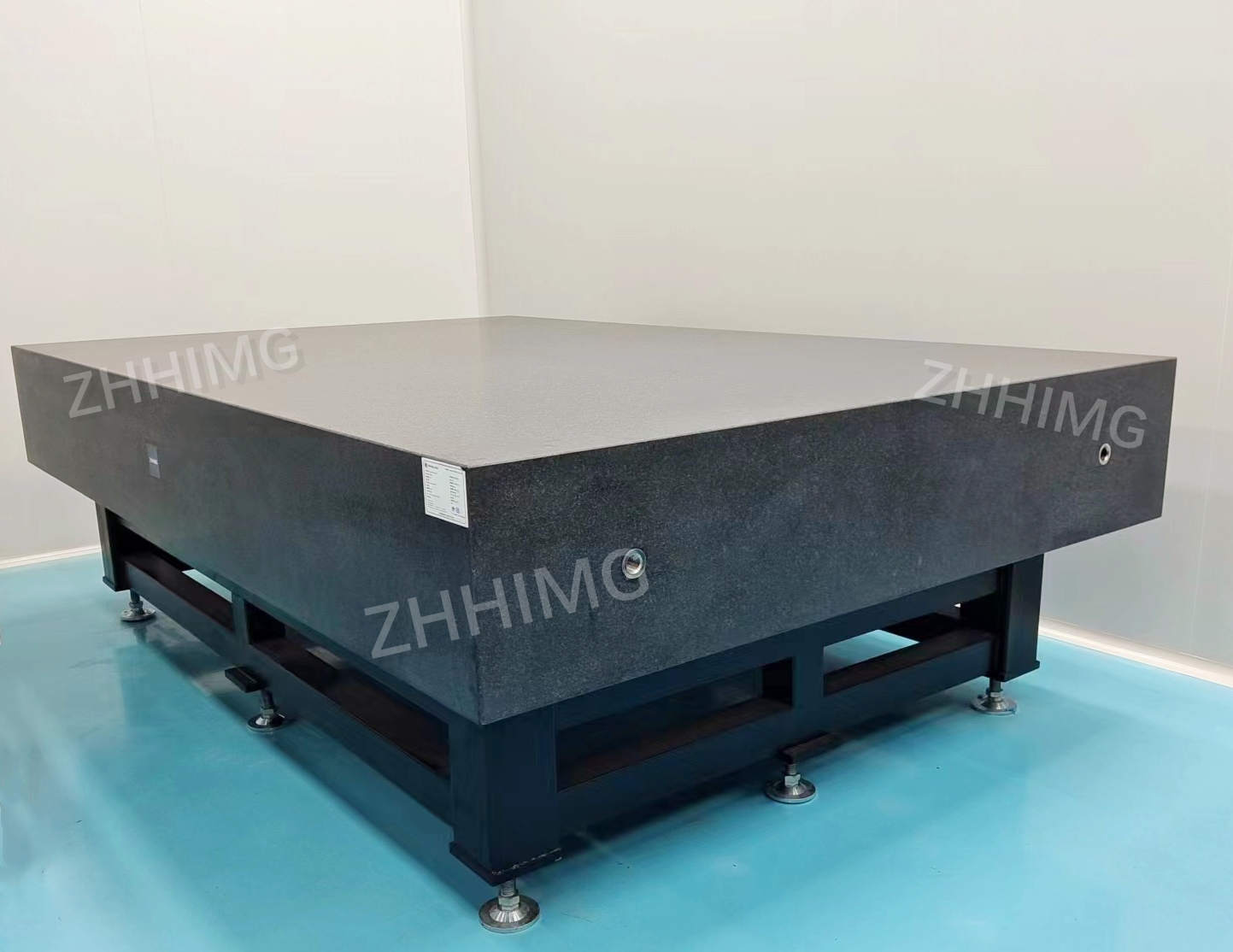Compare Precision Ceramic and Granite Components
When it comes to precision components in various industries, both ceramic and granite materials have carved out their niches due to their unique properties. Understanding the differences between precision ceramic and granite components is essential for manufacturers and engineers looking to optimize performance and durability in their applications.
Material Properties
Precision ceramics are known for their exceptional hardness, wear resistance, and thermal stability. They can withstand high temperatures and harsh environments, making them ideal for applications in aerospace, automotive, and medical devices. Ceramics also exhibit low thermal expansion, which is crucial for maintaining dimensional accuracy in precision components.
On the other hand, granite is a natural stone that offers excellent rigidity and stability. Its inherent density and strength make it a popular choice for machine bases, tooling, and fixtures. Granite components are less prone to deformation under load, which is vital for maintaining precision in machining processes. Additionally, granite has good vibration-damping properties, which can enhance the performance of precision instruments.
Manufacturing Processes
The manufacturing processes for precision ceramic and granite components differ significantly. Ceramics are typically produced through sintering, where powdered materials are compacted and heated to form a solid structure. This process allows for intricate shapes and fine tolerances, but it can be more time-consuming and costly.
Granite components, however, are often cut and polished from large blocks of stone. While this method can be less flexible in terms of design, it allows for the creation of robust components that can withstand heavy loads and provide long-term stability.
Applications and Considerations
When comparing precision ceramic and granite components, the choice largely depends on the specific application requirements. Ceramics are favored in environments where high temperatures and chemical resistance are critical, while granite is preferred for applications requiring high rigidity and vibration dampening.
In conclusion, both precision ceramic and granite components offer distinct advantages. By carefully considering the material properties, manufacturing processes, and application needs, engineers can make informed decisions that enhance the performance and longevity of their precision components.
Post time: Oct-30-2024

